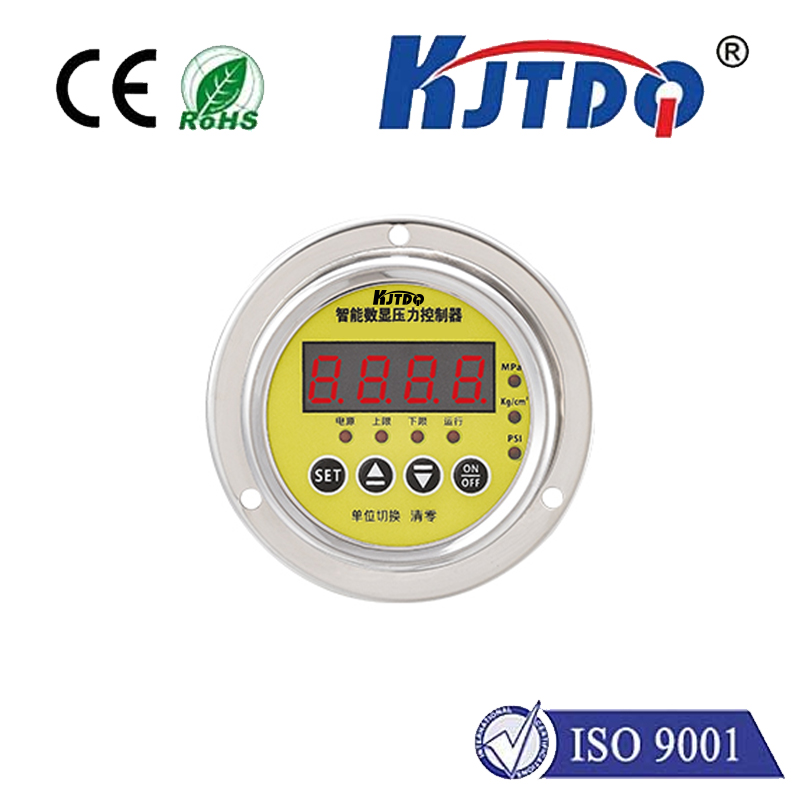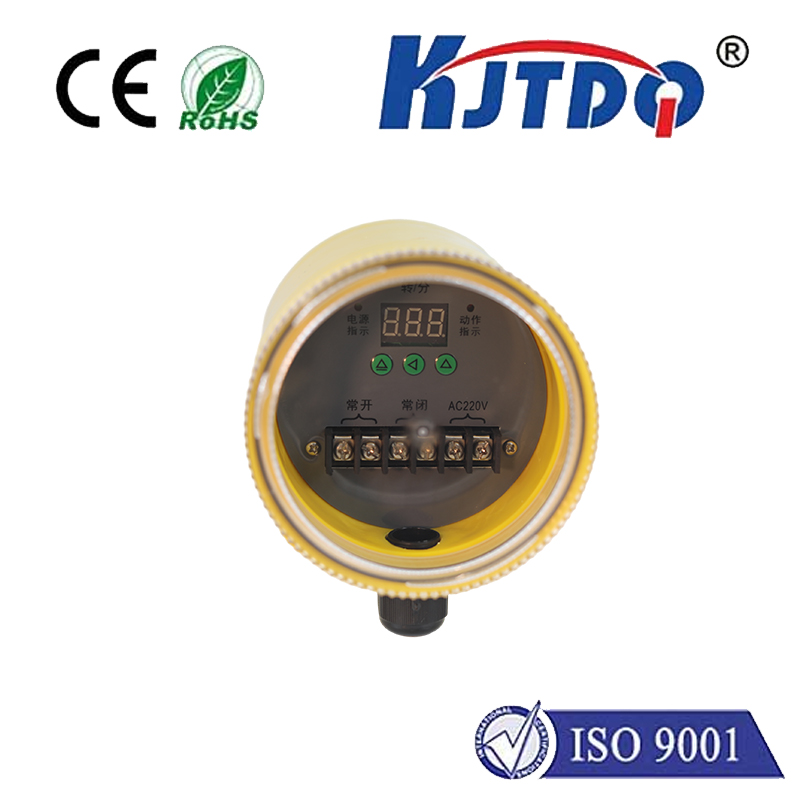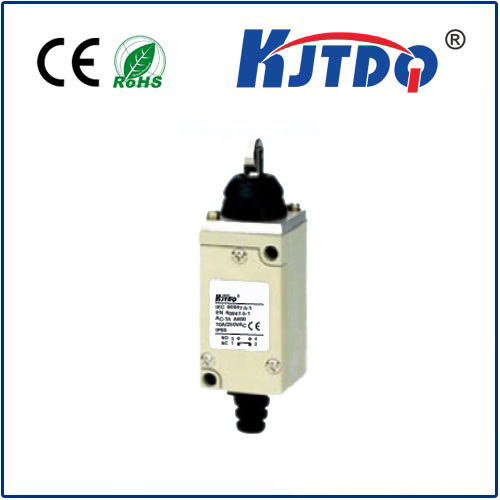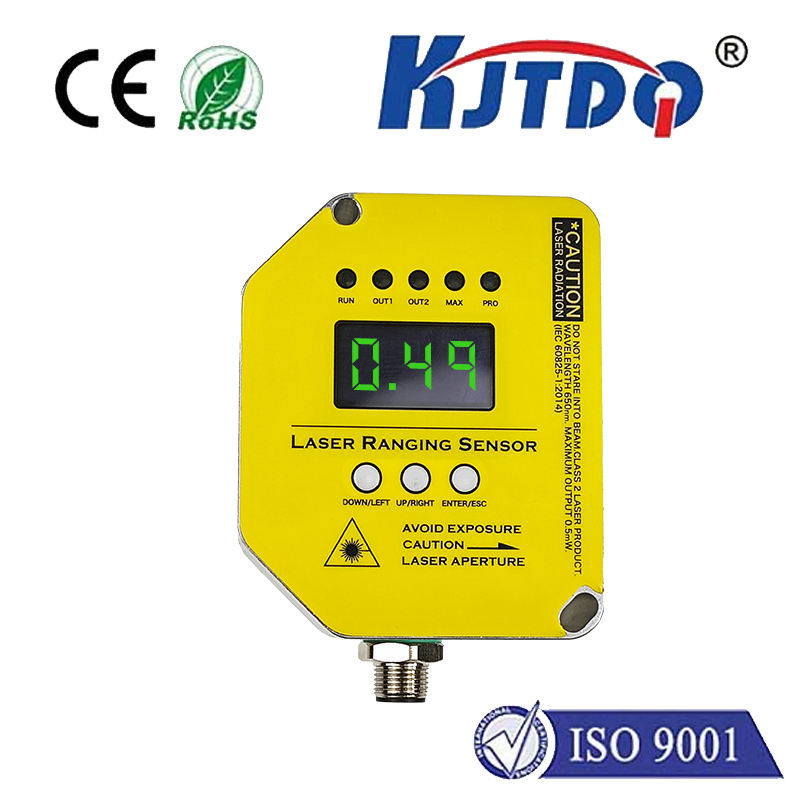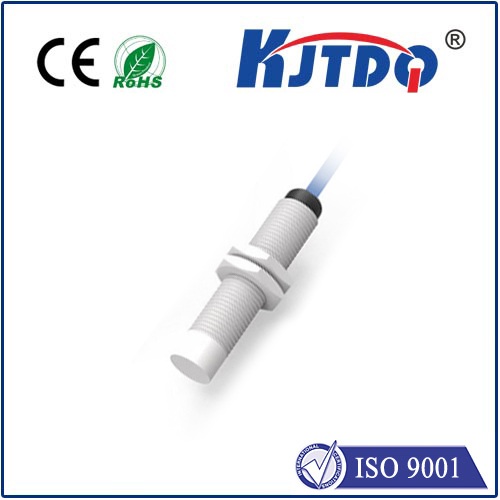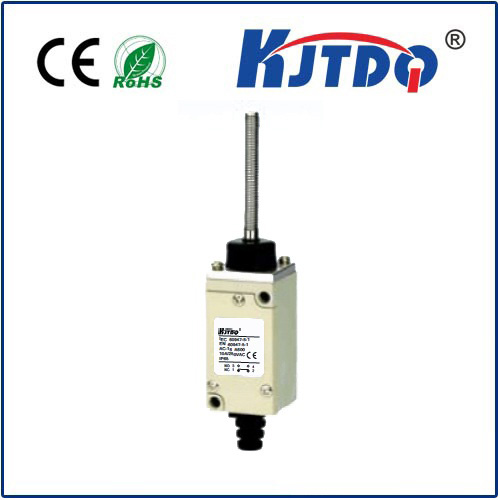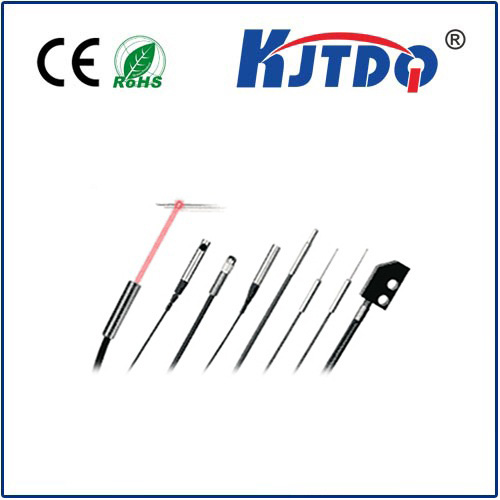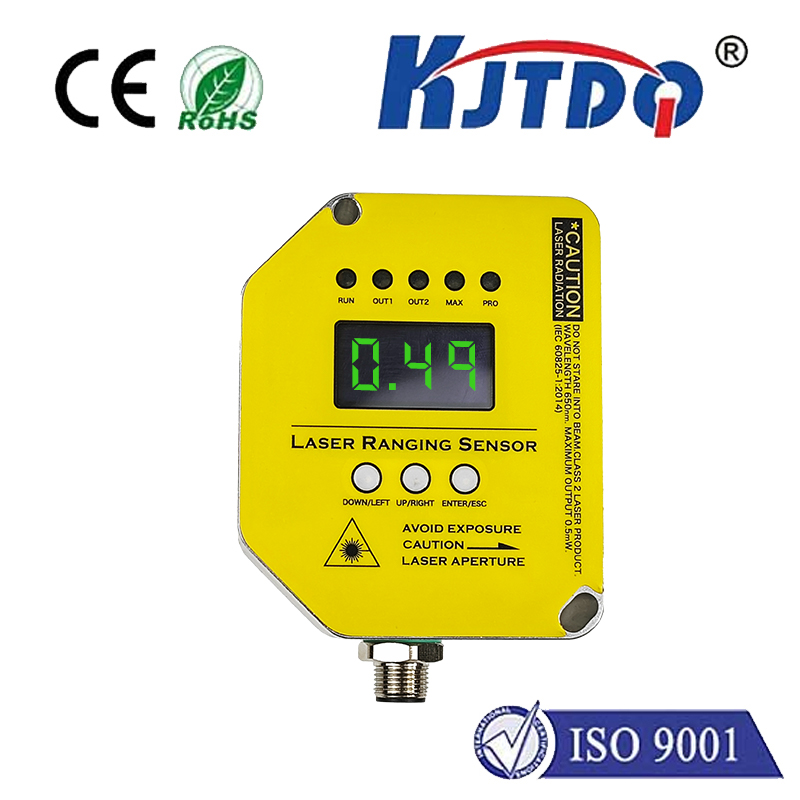ограничитель реле
- time:2025-08-06 13:34:06
- Нажмите:0
Relay Limit Switches: The Unsung Guardians of Machinery and Safety
Ever wondered what instantly halts an elevator perfectly level with your floor? Or ensures a robotic arm retracts safely before colliding? Often overlooked yet fundamentally critical, the ограничитель реле is a cornerstone component silently performing these vital tasks across countless industries. This robust electromechanical device is the reliable sentinel at the edge of mechanical movement, protecting both equipment and personnel by enforcing strict operational boundaries.
Demystifying the Core Functionality
At its heart, a relay limit switch is a clever fusion of two key elements:
- The Limit Switch: This is the physical “sensor” component. It consists of an actuator (lever, roller, plunger, whisker) designed to be physically contacted by a moving part within a machine. When this contact occurs due to the machine reaching its intended or safe travel endpoint, the switch’s internal electrical contacts change state.
- The Relay: This is the “controller” or “amplifier.” The signal change from the limit switch triggers the relay. Relays are electrical switches operated by an electromagnet. A small electrical signal controlling the relay’s coil can switch a much larger, separate electrical circuit (often high voltage or high current) on or off.
- The Synergy: The relay limit switch leverages the mechanical actuation of the limit switch to command the electrical switching power of the relay. When the machine part hits the actuator, the limit switch sends a signal to the relay coil. The energized coil then flips the relay’s contacts, which in turn:
- Stops movement: By cutting power to a motor (e.g., stopping a conveyor or garage door).
- Reverses direction: By triggering a control circuit to change motor rotation (common in automated machinery).
- Signals a control system: By providing a definitive “position reached” or “obstacle detected” input to a PLC (Programmable Logic Controller) or other controller.
- Activates alarms/indicators: By switching on lights, buzzers, or sending signals to a monitoring system.
Why Choose a Relay Limit Switch? The Compelling Advantages

While purely electronic sensors (like proximity sensors) have gained prominence, relay limit switches maintain vital relevance due to several inherent strengths, especially in demanding environments:
- Physical Confirmation: Provides absolute, physical proof of position based on actual contact. This is often crucial for safety-critical applications where “close enough” isn’t acceptable.
- Robustness & Durability: Designed to withstand harsh realities: dirt, dust, grease, moisture, vibration, and significant mechanical impact. Their simplicity translates to resilience.
- High Switching Capability: Integrated relays can directly handle substantial electrical loads (motors, solenoids, heaters) without needing additional amplifiers, simplifying wiring.
- Fail-Safe Operation: In critical safety applications, specific configurations (like positively driven contacts) ensure that a broken spring or worn part doesn’t lead to an unsafe “contact made” signal. If it fails, it fails safe.
- Simplicity & Cost-Effectiveness: Relatively straightforward design often makes them more affordable and easier to install, troubleshoot, and replace than complex sensor systems, especially when directly controlling loads.
- Visibility: Many designs offer a visual cue (actuator position) indicating the switch’s state, aiding troubleshooting.
Where Relay Limit Switches Are Indispensable
The applications are vast, spanning nearly every sector involving motion:
- Industrial Automation & Machinery: Ensuring robotic arms stop at home position, controlling travel limits of machine slides (CNC, presses), detecting workpiece presence or jams on conveyor lines, packaging machinery sequencing.
- Перевозка материалов: Defining the start/stop points for overhead cranes, gantries, and hoists; positioning elevators and lifts; limit control on conveyor belt travel.
- Automotive Manufacturing: Position sensing on assembly line robots, limits on welding arms, safety gates on test rigs.
- HVAC Systems: Controlling damper positions for air flow regulation, detecting end-of-travel on valve actuators.
- Consumer & Commercial Appliances: Limiting the open/close travel of automatic garage doors, controlling washing machine drum spin direction or fill level cutoff (often indirectly via linked sensors), safety interlocks on access panels.
- Safety Interlocks: Crucially, they act as safety limit switches guarding access doors, light curtains, or emergency stop circuits. Removing the physical actuator contact (e.g., opening a guard door) instantly breaks the circuit via the relay, stopping hazardous motion. This role is paramount for personnel protection.
Selecting the Right Relay Limit Switch: Key Considerations
Choosing the optimal device requires careful assessment:
- Actuator Type: Matches the triggering method (side roller for sliding parts, top plunger for vertical movement, wobble stick for multi-directional contact).
- Electrical Rating (Relay Contacts): Must match or exceed the voltage and current (both AC and DC) of the load it needs to control.
- Environmental Conditions: IP (Ingress Protection) rating for dust/water resistance, temperature range, resistance to chemicals or washdowns.
- Contact Configuration (Limit Switch & Relay): Normally Open (NO), Normally Closed (NC), or Changeover (CO/SPDT)? Does the relay need single-pole or multi-pole switching?
- Mechanical Life: Expected number of operating cycles the actuator and switch mechanism can endure.
- Electrical Life: Expected number of switching cycles under load before relay contact wear becomes significant.
- Mounting: Panel mount, foot mount, threaded stem? Ensuring secure and precise positioning.
- Fail-Safe Requirements: Is a positive opening mechanism mandated by safety standards (e.g., ISO 13849)?
Maintenance: Ensuring Long-Term Reliability
While robust, relay limit switches aren’t infallible. Regular maintenance is key:
- Physical Inspection: Check for loose mounting, damaged actuator arms, excessive wear on rollers or plungers, signs of impact.
- Contact Cleaning/Checking: Over time, electrical arcing can cause contact pitting or carbon buildup, leading to intermittent operation or failure. Use contact cleaner and inspect for excessive wear. Note: Relay contacts sealed within a module might not be user-serviceable; the entire unit may need replacement.
- Actuator Operation: Ensure the actuator moves freely without binding and reliably returns to its rest position.
- Electrical Testing: Verify the switch reliably changes state when actuated and that the relay contacts are effectively switching the load circuit using a multimeter or test lamp.
- Environmental Protection: Keep vents clear and ensure seals are intact if specified for harsh environments.
From the factory floor to your garage, relay limit switches provide a dependable, proven method of physically sensing position and electrically enforcing critical control actions. Their unique blend of simplicity, robustness, direct load-handling capability, and fail-safe potential makes them an enduring, essential solution for ensuring operational precision, preventing equipment damage, and, most importantly, safeguarding human lives. They are truly the unsung electromechanical guardians defining the safe boundaries of movement.







